Ice-ray Lattices
by Tuğrul Yazar | February 5, 2012 00:58
The design of Chinese window lattices named “ice-ray” is one of the classic studies of Shape Grammars. It is an old and good example of algorithmic design. George Stiny explained their geometric construction based on the parametric Shape Grammars [1]approach. He explained[2] shape rules and the abstract machine that produces the subdivisions. I was especially interested in Shape Grammars when I was a graduate student. I even made a prototype tool[3] for Shape Grammars in MaxScript. Here [4]is another post on this topic. Nowadays, I’ve found time to return to this topic again. Ice-ray designs are one of the best-suited topics to test recursive computing components in Grasshopper[5], called Hoopsnake.
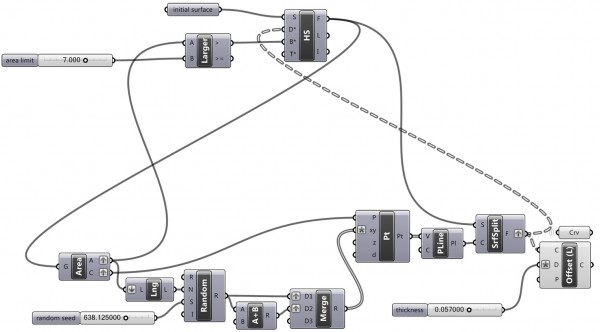 [6]
[6]At first, I tried to simulate Stiny’s approach and tell Grasshopper each shape rule as a different operational cluster, combined with Hoopsnake iterations and a logical structure that understands the emergent output shapes like triangles, quadrilaterals, etc. and send them to the appropriate shape rules for the next step of the iteration.
However, after a couple of dead ends, I finally realized the correct path. We can model these compositions with a looping algorithm. So it becomes possible to work with emergent shapes. I think in this visual coding environment, we don’t need a set of shape rules, as shapes and rules are all operated within the geometric rules (components) of Grasshopper.
Here are the Grasshopper and Rhino files I created in 2012. You need to define an initial shape (surface) and right-click on the Hoopsnake[7] component to “Reset” and “Loop” the process.
I created another version of this study later using Anemone since the Hoopsnake addon is a bit old now. Here[12] is the newer post on ice-ray lattices.
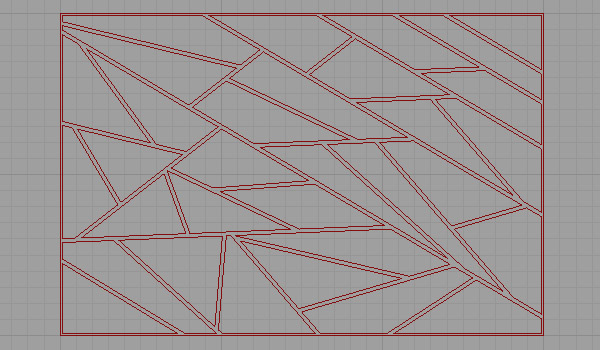
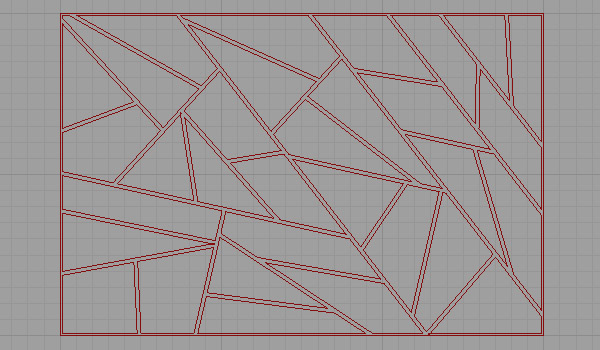
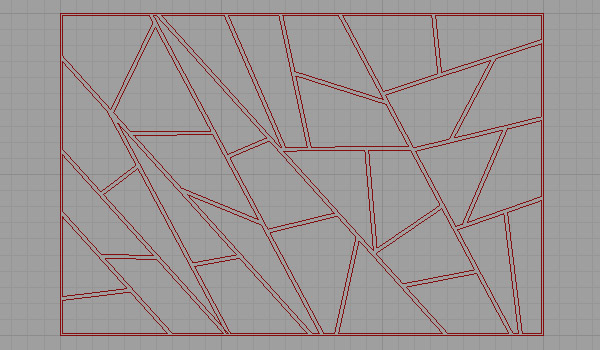
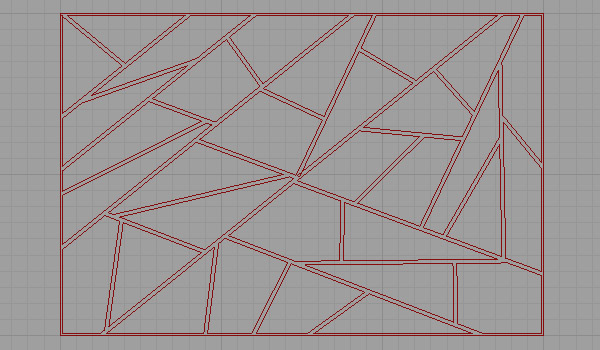
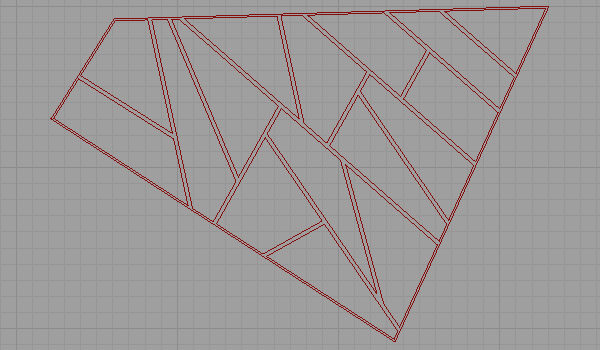
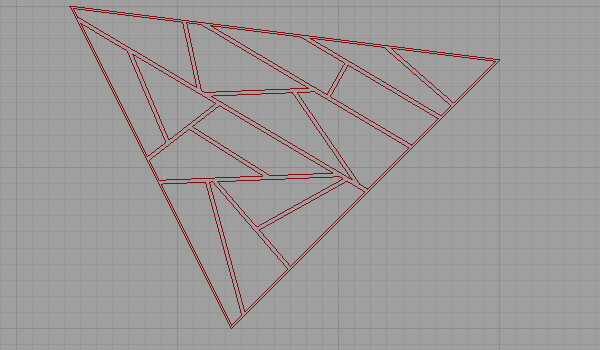
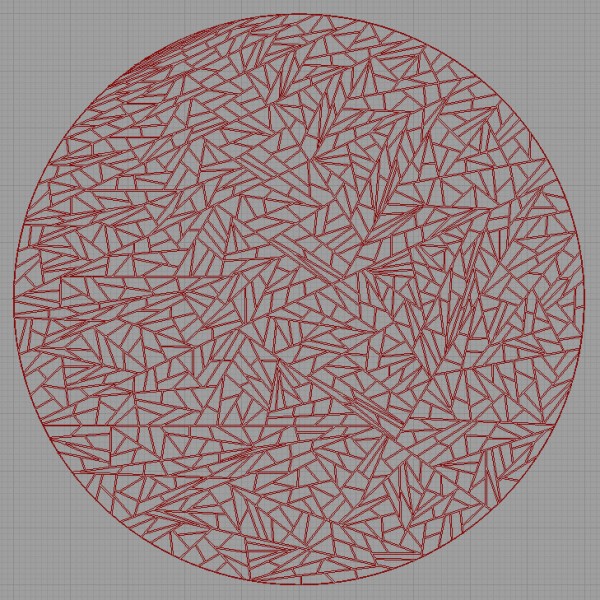
- Shape Grammars : https://www.designcoding.net/category/research/shape-grammars/
- He explained: https://journals.sagepub.com/doi/10.1068/b040089
- prototype tool: https://www.designcoding.net/quickshaper/
- Here : https://www.designcoding.net/revisiting-chinese-ice-ray-lattices/
- Grasshopper: https://www.designcoding.net/category/tools-and-languages/grasshopper/
- [Image]: https://www.designcoding.net/decoder/wp-content/uploads/2012/02/2012_02_05-iceray-def.jpg
- Hoopsnake: https://www.food4rhino.com/en/app/hoopsnake
- Grasshopper 0.8 Definition (Hoopsnake is required): https://www.designcoding.net/decoder/wp-content/uploads/2012/02/2012_02_05-iceray.ghx
- Download: https://www.designcoding.net/decoder/wp-content/uploads/2012/02/2012_02_05-iceray.ghx
- Rhino 4 File: https://www.designcoding.net/decoder/wp-content/uploads/2012/02/2012_02_05-iceray.3dm
- Download: https://www.designcoding.net/decoder/wp-content/uploads/2012/02/2012_02_05-iceray.3dm
- Here: https://www.designcoding.net/ice-ray-revisited-anemone-update/
Source URL: https://www.designcoding.net/chinese-ice-ray-lattices/